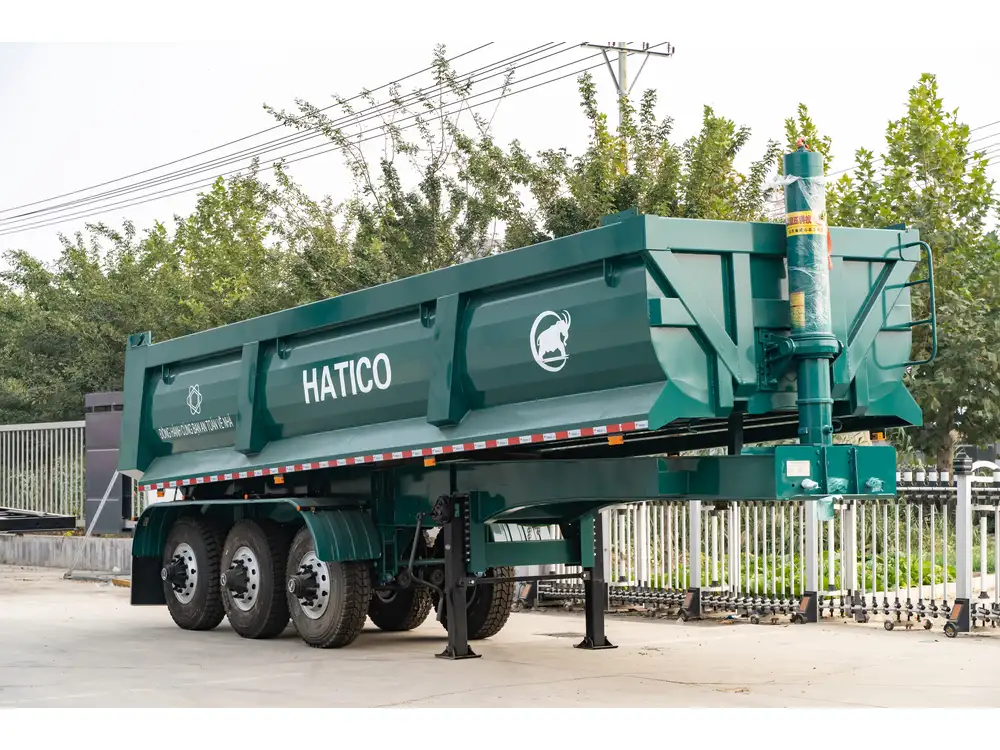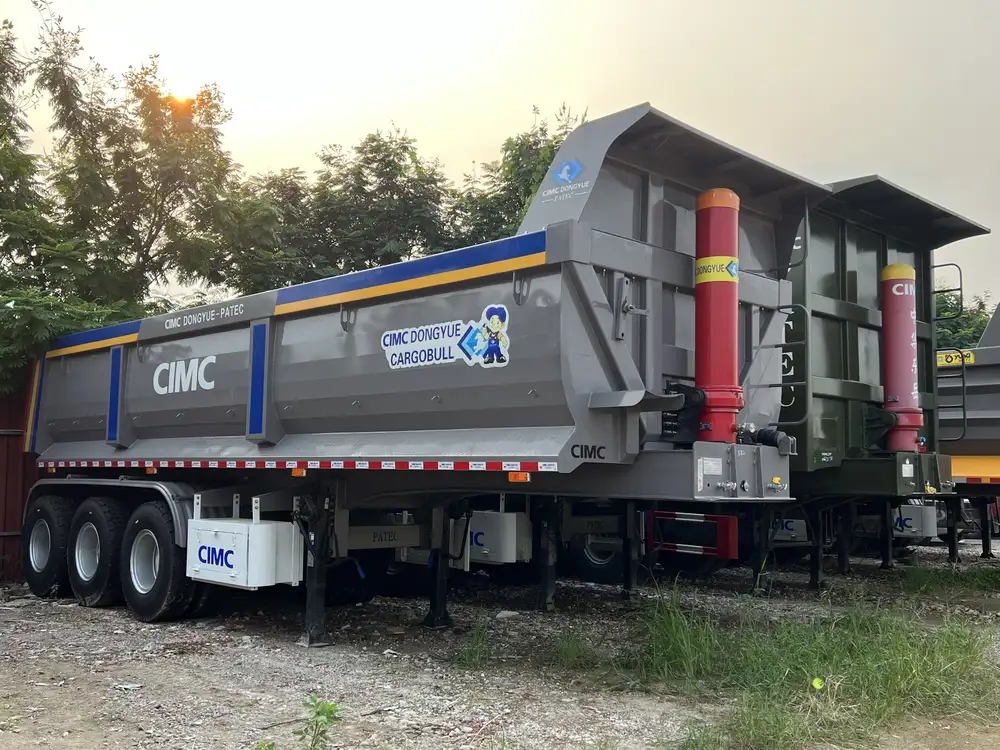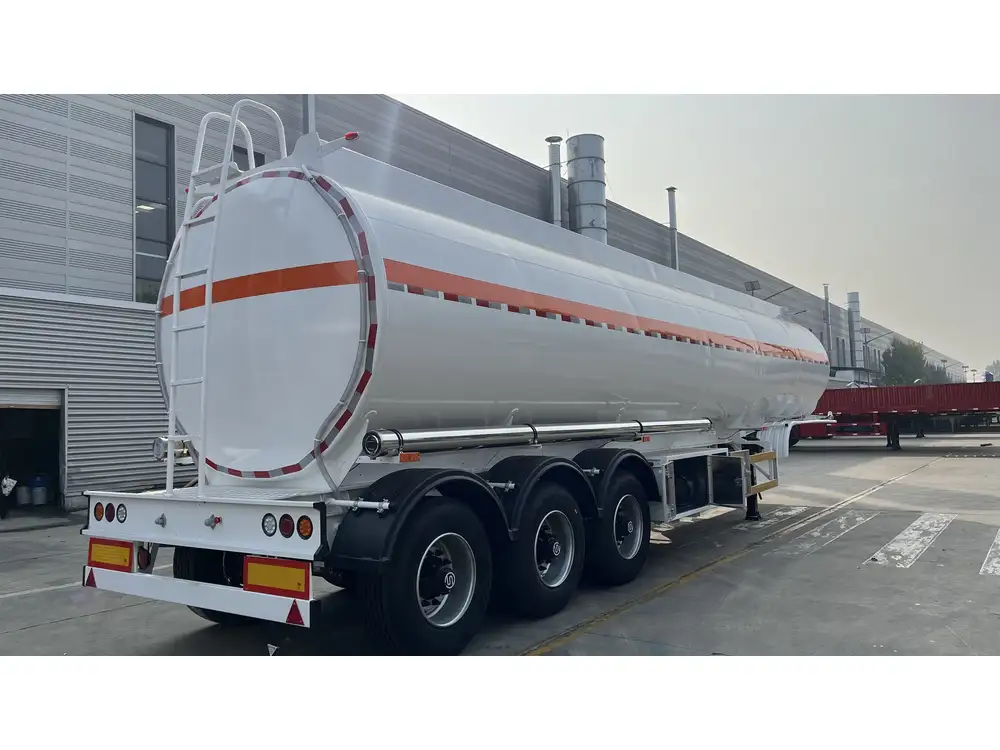Ensuring the safety of truck drivers is paramount in the transportation industry. At CarMax Vehicle, we understand the critical role that safety plays not only in protecting our drivers but also in maintaining the integrity of our operations. This comprehensive guide delves into essential truck driver safety rules, advanced safety features, and best practices to promote a secure and efficient trucking environment.
Importance of Truck Driver Safety Rules
Truck driving is inherently challenging, encompassing long hours, heavy loads, and diverse road conditions. Adhering to safety rules mitigates risks, reduces accident rates, and fosters a culture of responsibility. By prioritizing safety, companies like CarMax Vehicle ensure the well-being of drivers, protect valuable cargo, and uphold industry standards.
Key Safety Regulations Every Truck Driver Must Follow
Compliance with safety regulations is non-negotiable in the trucking industry. Below are pivotal safety rules that every truck driver should strictly adhere to:

Hours of Service (HOS) Compliance
HOS regulations are designed to prevent driver fatigue, a significant factor in many road accidents. Key aspects include:
- Maximum Driving Hours: Limiting driving time to 11 hours within a 14-hour workday.
- Rest Periods: Mandating at least 10 consecutive hours off-duty after 14 hours of work.
- Weekly Limits: Ensuring drivers do not exceed 70 hours of work in a 7-day period.
| Regulation | Details |
|---|---|
| Maximum Driving Time | 11 hours per 14-hour day |
| Mandatory Rest | 10 consecutive off-duty hours |
| Weekly Limit | 70 hours in 7 consecutive days |
Vehicle Inspection Protocols
Regular and thorough vehicle inspections are critical in identifying potential issues before they escalate. Essential inspection points include:
- Brakes: Ensuring functionality and responsiveness.
- Tires: Checking for proper inflation and tread depth.
- Lights: Confirming all lighting systems are operational.
- Mirrors: Verifying visibility and alignment.
Proper Load Securing Techniques
Securing loads correctly prevents shifting and accidents during transit. Best practices encompass:
- Use of Straps and Chains: Employing appropriate fastening tools.
- Weight Distribution: Balancing loads to maintain vehicle stability.
- Regular Checks: Inspecting load security at intervals during trips.

Advanced Safety Features in CarMax Trailers
At CarMax Vehicle, our trailers are engineered with cutting-edge safety features to support truck drivers in maintaining compliance and enhancing overall safety.
Brake Systems
Our trailers are equipped with:
- Air Brake Systems: Providing reliable and responsive stopping power.
- Anti-lock Braking Systems (ABS): Preventing wheel lock-up and maintaining control during emergency stops.
Tire Management Solutions
CarMax Trailers incorporate advanced tire management technologies:
- Tire Pressure Monitoring Systems (TPMS): Continuously monitoring tire pressure to prevent blowouts.
- Durable Tire Materials: Enhancing longevity and reducing the risk of punctures.

Safety Lighting and Signaling
Visibility is crucial for safety on the road. Features include:
- LED Lighting: Offering brighter and more energy-efficient illumination.
- Reflective Markings: Increasing visibility during low-light conditions.
- Enhanced Turn Signals: Ensuring clear communication with other road users.
Training and Best Practices for Truck Drivers
Comprehensive training programs are essential in equipping truck drivers with the knowledge and skills to adhere to safety rules effectively.
Defensive Driving Techniques
Defensive driving minimizes the risk of accidents by promoting proactive awareness:
- Maintaining Safe Following Distances: Allowing adequate reaction time.
- Anticipating Hazards: Being vigilant about potential road dangers.
- Adapting to Weather Conditions: Adjusting driving behavior based on environmental factors.

Fatigue Management
Addressing driver fatigue through:
- Scheduled Breaks: Implementing regular rest periods.
- Healthy Lifestyle Choices: Encouraging proper nutrition and sleep habits.
- Use of Technology: Employing fatigue detection systems to alert drivers.
Emergency Preparedness
Ensuring drivers are ready for unexpected situations involves:
- First Aid Training: Equipping drivers with basic medical skills.
- Emergency Kits: Providing essential supplies for roadside incidents.
- Communication Tools: Ensuring access to reliable means of contacting assistance.
Implementing Safety Technology in Fleet Operations
Integrating advanced technology into fleet operations enhances safety and operational efficiency.

GPS and Telematics Systems
Utilizing GPS and telematics for:
- Real-Time Tracking: Monitoring vehicle locations and routes.
- Performance Metrics: Analyzing driving behaviors and identifying areas for improvement.
- Maintenance Alerts: Scheduling timely vehicle upkeep based on usage data.
Collision Avoidance Systems
Preventing accidents through:
- Adaptive Cruise Control (ACC): Automatically adjusting speed to maintain safe distances.
- Lane Departure Warning (LDW): Alerting drivers when veering out of lanes.
- Automatic Emergency Braking (AEB): Initiating braking to prevent or mitigate collisions.
Anti-lock Braking Systems (ABS)
As mentioned earlier, ABS prevents wheel lock-up during braking, ensuring better control and reducing stopping distances, especially on slippery surfaces.

Benefits of Adhering to Safety Rules
Compliance with safety regulations yields numerous advantages for both drivers and companies.
Reduced Accident Rates
Implementing safety rules significantly lowers the likelihood of accidents, safeguarding lives and property.
Cost Savings on Insurance
A strong safety record can lead to lower insurance premiums, reducing operational costs.

Enhanced Reputation and Reliability
Adhering to safety standards builds trust with clients and partners, positioning the company as a dependable industry leader.
Future Trends in Truck Driver Safety
The future of truck driver safety is poised to incorporate even more innovative technologies and practices.
- Autonomous Driving Features: Enhancing safety through automation of routine tasks.
- Advanced Driver Assistance Systems (ADAS): Providing real-time support and feedback to drivers.
- Sustainable Practices: Incorporating eco-friendly technologies that also contribute to safety, such as improved fuel efficiency and reduced emissions.
Conclusion
At CarMax Vehicle, we are committed to advancing truck driver safety through stringent adherence to safety rules, innovative trailer designs, and comprehensive driver training programs. By prioritizing safety, we not only protect our drivers but also ensure the reliability and efficiency of our operations. Embracing these safety measures is essential for fostering a secure and prosperous future in the trucking industry.

Frequently Asked Questions
1. What are the most critical safety rules for truck drivers?
The most critical safety rules include adhering to Hours of Service (HOS) regulations, conducting regular vehicle inspections, securing loads properly, and practicing defensive driving techniques.
2. How does CarMax Trailer enhance driver safety?
CarMax Trailers are equipped with advanced brake systems, tire management solutions, and enhanced lighting and signaling features. These innovations work together to provide a safer driving experience and ensure compliance with safety standards.

3. Why is fatigue management important for truck drivers?
Fatigue management is crucial because driver fatigue can significantly impair reaction times and decision-making abilities, leading to an increased risk of accidents. Implementing effective fatigue management strategies ensures drivers remain alert and safe on the road.
4. What technologies are being integrated into trucks to improve safety?
Technologies such as GPS and telematics systems, collision avoidance systems, Adaptive Cruise Control (ACC), Lane Departure Warning (LDW), and Anti-lock Braking Systems (ABS) are being integrated to enhance safety and operational efficiency.
5. How can adherence to safety rules benefit trucking companies?
Adhering to safety rules reduces accident rates, lowers insurance costs, and enhances the company’s reputation and reliability, ultimately contributing to overall business success.



